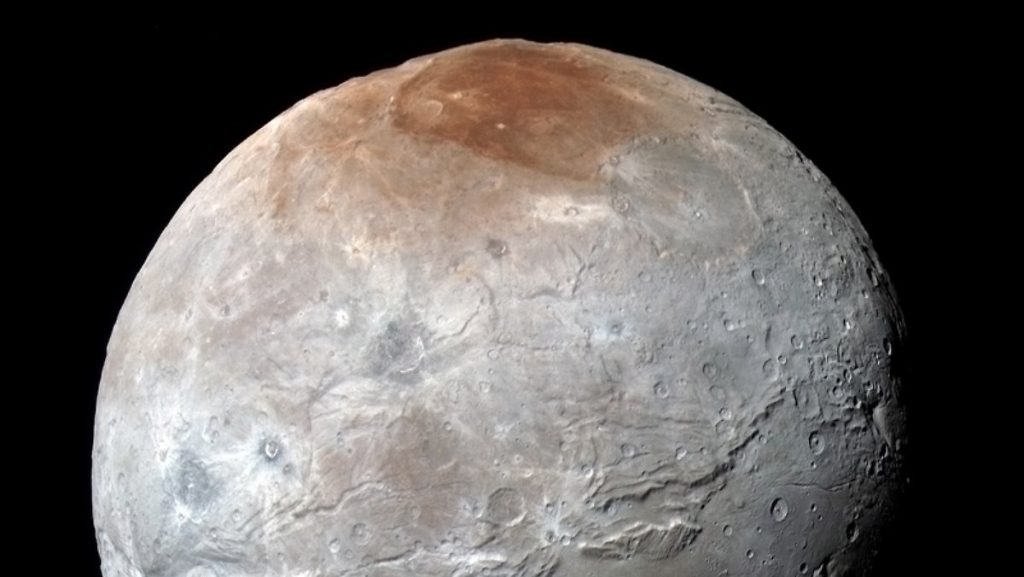Possible cause of ice volcanoes
Solve the mystery of distant reddish asteroids?
09/08/2022, 05:08 PM
Many celestial bodies appear in the Kuiper Belt outside the orbit of Neptune, reddish. Why did you occupy researchers for so long. The team now offers a possible explanation for the red coloring of things.
Astronomers have long puzzled over why the reddish surfaces of so many icy Kuiper Belt objects lie outside the orbit of Neptune. Now three researchers from the USA think they have found a solution: ice volcanoes could be the cause. The research team wrote in the journal that methane also escapes from the interior of celestial bodies, transforming into heavier particles under the influence of cosmic radiation and then depositing as a reddish film on the surface of the asteroid. Nature Connections.
Stephanie Mentin, Michael Surrey and Ali Bramson of Purdue University came across this interpretation while studying Pluto’s large dwarf moon Charon. This also shows a clear red color, but only at its electrodes. So far, planetary researchers have hypothesized that these red polar caps are caused by methane leaking into space from Pluto’s atmosphere. Part of it migrates to the moon Charon and is deposited there – due to the rotation of the two celestial bodies – at the poles. Cosmic ray particles were thought to trigger chemical reactions that, over long periods of time, lead to the formation of heavier organic molecules such as tholins – this is what causes the red colour.
methane in glacial magma
“But there are also methane-forming particles on objects of similar size in the Kuiper Belt that are not associated with a dwarf planet,” Minten and colleagues explain. That is why this explanation seemed so short-sighted – and they went in search of a reason that should pass without another orb.
The obvious: methane comes from the interiors of the same red objects. In fact, there are traces of glacial volcanoes on Charon – that is, volcanoes in which not hot magma but a mixture of frozen water and liquid penetrates from the interior to the surface. This icy magma also contains methane, which quickly escapes into space in the case of smaller celestial bodies. But a small percentage is deposited on the surface as methane ice and then exposed to cosmic rays.
Minten and her colleagues calculated that ice volcanoes moved a total of more than a trillion tons of methane to Charon’s surface—and that this methane should have been deposited preferentially at the poles. This amount is sufficient to explain the reddish hue of the poles even without the influence of Pluto. Such a process is also possible on other Kuiper belt bodies, according to the research team: “The influx of methane from within could therefore be a frequent and important process in the entire Kuiper belt.”

“Total coffee aficionado. Travel buff. Music ninja. Bacon nerd. Beeraholic.”








More Stories
Coral Seeding: Artificial Insemination Makes Coral More Heat Tolerant
Fear, Anger, and Denial: How People Respond to Climate Change – Research
LKH Graz: Using radiation to combat heart arrhythmias